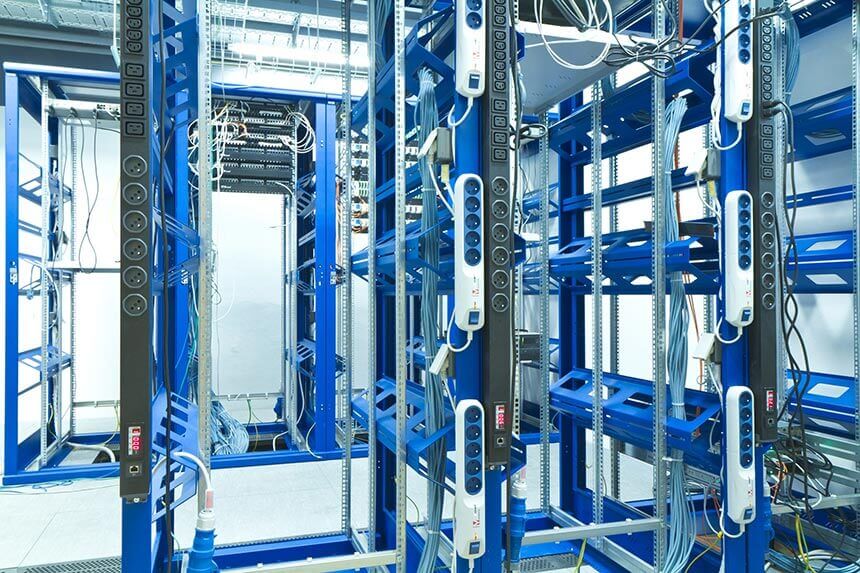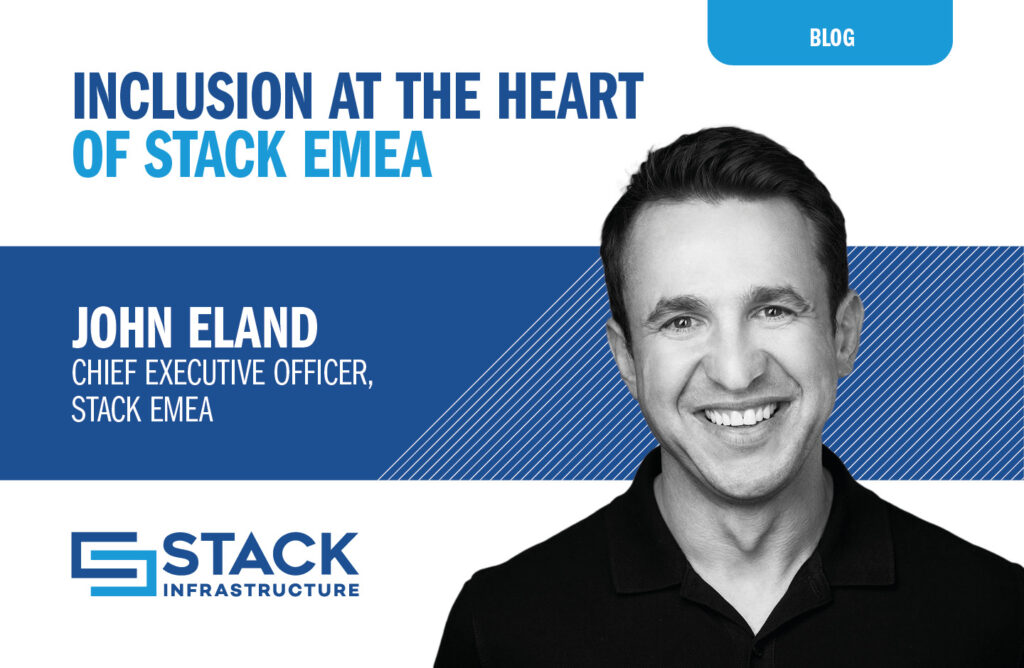Three Bold Predictions in Data Center Design

Perhaps more than any other industry, data centers are a sure bet for future growth. Driven largely by the widespread global adoption of cloud computing, latency-sensitive emerging technologies, and mind-blowing volumes of data, analysts project the industry to grow by an average of nearly 11% for the next five years.
But the data centers of today aren’t necessarily equipped to handle the growth of tomorrow. Like all businesses, data center owners and operators will need to change with the times. To accommodate the predictions of most industry experts, data center leaders are collectively beginning to recalibrate their future plans and aim to deliver bigger, greener solutions faster than what’s available today.
Here are three bold predictions about the future of data center design to help companies keep up with the rapidly changing demands of global businesses.
Larger footprints, but less build out
Size has always been an essential factor in data center design, both in the colocation space since customers have unique and varying needs and for hyperscalers with their need to expand quickly. The explosive growth in cloud-based application adoption and demand for rapid scalability will drive ever-larger footprints in the future.
While present data center facilities range in size from 5,000 to over 500,000 square feet, tomorrow’s data centers will be even larger. Not only will each physical building be bigger, but colocation providers and hyperscale data centers will also continue to increase the size of their campuses — over 100 acres and minimum power capacity of 500MW — to accommodate more buildings and faster scale.
However, this isn’t a matter of building bigger for bigger’s sake. It’s a strategic shift toward a just-in-time deployment model that will help eliminate both the challenges around capacity planning and heavy upfront costs for infrastructure that won’t be needed for a while.
Instead, lower cost, pre-powered shells and an integrated supply chain for higher cost critical components like chillers, servers, generators, and the like will help enterprises scale into their data centers at an appropriate and comfortable rate.
Faster construction, shorter time to market
Design and construction can be a lengthy process. And when you’re designing and building a massive hyperscale facility with strict standards for security, availability, compliance, sustainability, and performance the timeline for delivery can be measured in years, not months.
Standardized designs and advances in capacity planning strategies have helped data center developers bring new facilities online in approximately 12-18 months, down from the average of 18-24 months a decade ago.
But end-user-driven cloud consumption — such as enormous traffic spikes when a content provider experiences more concurrent streams or a smartphone maker launches its next-gen device — will continue to promote the expectation of instantaneous capacity and compute that will demand even faster delivery of the facilities housing the underlying cloud infrastructure. Instead of 12-18 months, future data center core and shell delivery timelines will further accelerate to an average of 6-9 months.
Green energy for all data centers in 5 years
It’s no secret that data centers are, for lack of a better term, “resource-intensive.” Some analysts have suggested data centers collectively consume an average of 205 terawatt-hours (TWh) per year, or 1 percent of global electricity use.
While data center operators have invested heavily in technologies aimed at driving power usage effectiveness (PUE) and reducing the amount of energy they require, economic and environmental pressures will continue to push data centers increasingly toward both greener energy and controlling lifecyle carbon and greenhouse gas impacts. This will result in 100% of energy for new data centers being derived from renewable sources in the next five years.
Consumers, governments, utilities and regulators are already collectively working toward aggressive 100% renewable energy goals, which will help data centers meet eco-friendly (and resilient) energy initiatives down the road. In the interim, solar, wind, and geothermal energy technologies — along with enhanced fuel cell and battery storage solutions — have advanced and have become much more cost-effective in recent years to the extent that data centers can take advantage of the increasing availability of renewable energy options in the marketplace.
The only constant is change
Change is inevitable. And in the data center industry, it’s constant. The mass migration to cloud-first strategies driven by digital transformation initiatives and seismic shifts in end-user expectations is forcing data center developers and operators to revisit their strategies and plans for staying ahead of the curve and rapidly delivering the large-scale, eco-friendly data centers tomorrow’s businesses will demand.
By Tim Hughes, Director of Strategy and Insight
November 25, 2020




